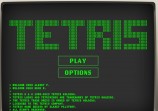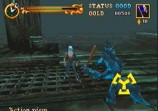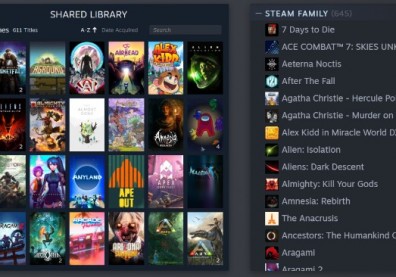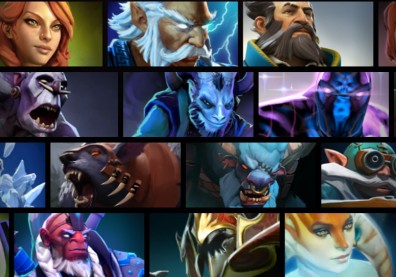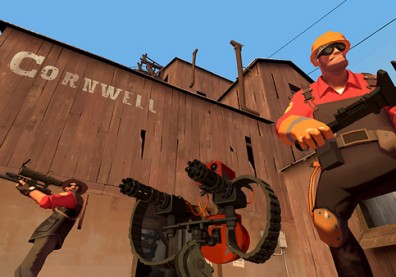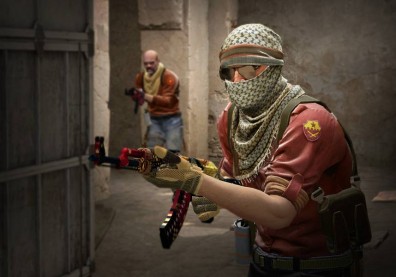Since announcing its new controller, people have been looking at Valve with a raised eyebrows, and will likely continue to do so until they finally get a chance to wrap their mitts around it and give it a whirl for themselves. The controller is unlike anything we've ever seen before, and, as tends to happen, been met with a bit of derision (my favorite description so far has been as a surprised Darth Vader).
But consider all the odd renditions that Nintendo gave gamers with its various controller designs for its own systems, that were seen as bizarre at first, but were ultimately accepted and even imitated by its competition over time.
We've had sort of standard design scheme for console controllers for the last few years now, with subtle alterations made that gamers have easily adapted to. A lone joystick gave way to dials and buttons until Nintendo gave us the prototype upon which all other controllers would be modeled after with the original NES. A d-pad on the left would control movement, and buttons on the right would provide player actions, jumping, attacking, and what have you.
Over the years, as both games and consoles would become more complex, we would see the d-pad be replaced by analog sticks, and buttons added to the controller on both its shoulders and underside, and each time, Nintendo seemed to be at the forefront of each new adaptation. The company's new designs would always throw us for a loop, but would often be emulated by its competitors in the long run.
Sega gave us an additional button with the Genesis, but Nintendo upped the ante by adding shoulder buttons for its SNES controller, which would eventually be a feature on Sega's Saturn and Sony's PlayStation.
People were puzzled later on when the company gave us its "claw" controller for the Nintendo 64, which featured an analog stick smack dab in the middle of the controller. Sony would later add two sticks to its own controller for the original PlayStation and later the PlayStation 2, cementing the standard, and what Microsoft would later adapt when it entered console production with its Xbox.
The company would later throw all notions of controller design on its ear again with the GameCube controller, replacing the N64's "C buttons" with another analog stick, moved below the standard buttons, and shoulder buttons that were closer in design to "triggers" than anything else.
On the forefront of the next generation, Nintendo would seemingly go back to square one for its controller layout for the Wii, designing it as a simple remote control to make motion control as easy as pie. Flipping the controller sideways worked as a bit of retro charm, as it was essentially the same controller Nintendo gave players for the original NES all those years ago.
As touch screen gameplay for smartphones and tablets like the iPad took off, Nintendo adapted the same technology for its Wii U, but unfortunately, the console failed to take off. Sony and Microsoft's own controllers for next-gen systems remain largely unchanged, save for minimal alterations, but a small touchscreen for Sony's Dualshock 4 has been confirmed, and is a similar facet the Ouya controller.
Valve's entrance into the console foray could mark an interesting changing of the guard, much like its intriguing new controller design. It's far too early in the game to predict its success, but a different design alone is hardly grounds to dismiss it, particularly when history as proven otherwise.
